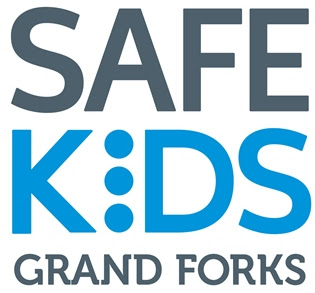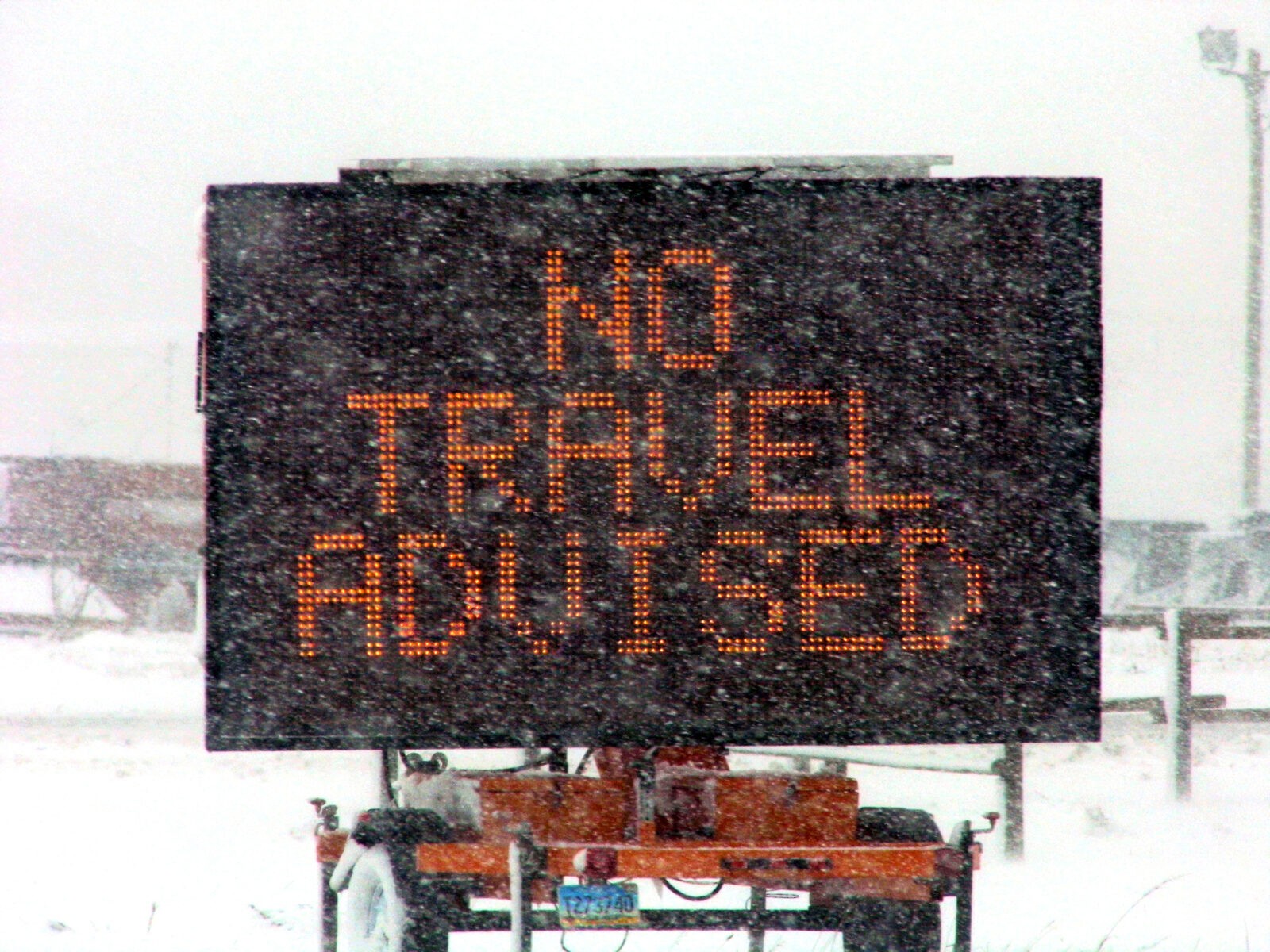Summer is upon us, and the temperatures are rising with the shining sun that can make a beautiful summer day but can also include increasing wind speeds and thunderstorms that can ruin an ideal day at the beach. With schools out now for most children, parents need to be more aware than ever of their kids’ conditions as well as their own to keep them safe from the things that can be opposing dangers to them during the summer months.
One of the most dangerous and most universal things in summer is the threat of extreme heat that can affect adults and children that are out in the heat for most of the day, especially from 10:00 a.m. to 2:00 p.m., when the sun is the highest in the sky and the hottest during the day. The rising heat can cause people to get dehydrated, sunburnt, and have signs and symptoms of heat stroke and heat exhaustion. “It’s important to try and wear a covering over your head, get into the shade, have your sunscreen on, avoid that hottest part of the day, 10:00 a.m. to 2:00 p.m. when the sun is the hottest,” Safe Kids Grand Forks Coordinator Carma Hanson explained. “Drink lots of fluids, and the best fluid you can drink is water to rehydrate yourself rather than something with lots of sugar and caffeine in it, as anything with sugar or caffeine in it is going to cause you to lose more fluids than you’re actually taking in,” she added. Hanson recommends that parents think about a few things for kids that go out to play or participate in a sporting activity, such as making sure the child has plenty of water. If there’s a way for them to refill the bottles like a hose or cooler, or if they need to bring extra bottles. They should also see if there’s anything they can do to cool off slightly during the event, like going into a dugout, wearing a hat, or finding shade under a tree. If you are unable to avoid staying out in the sun for long periods of time, especially during the hottest part of the day (10 a.m. to 2 p.m.), you should wear a hat, sunscreen, sunglasses, or a long-sleeved cotton shirt to protect your skin from sunburn. Hanson also recommends that if you are participating in events where you sweat or are in the water, you should reapply the sunscreen frequently as it will sweat off and take breaks from the sun frequently.
With the extreme heat, this also puts people, especially children and pets, at great risk of heat stroke if they gain access to a vehicle or are accidentally left in one. As children’s body temperatures heat up three to five times faster than an adult’s, and the temperature inside of a car can get to be about 40 degrees hotter than the outside temperature. So even on a mild day where the temperature is only 70 to 80 degrees, the inside of a car can reach up to over 100 degrees. Forty children die of heat stroke every summer after they’ve been forgotten in the car or gain access to one without anyone’s knowledge. If you come across a closed vehicle that holds a child or pet locked inside of it and are unable to find the parent or caregiver you should take action and call 911 to get help rather than do it yourself. “It’s not about getting anyone in trouble. It’s really about making sure that the child inside is safe, and kids can go from being fine to being in quite a bit of trouble as their body temperature continues to heat up. Their little bodies can’t cool off and regulate itself the same way as an adult’s can,” said Safe Kids Grand Forks Coordinator Carma Hanson explained. “So, by calling 911, you’ll get Emergency Personnel there, who know how to break and enter that window without injuring the person inside, and they also know how to provide medical care to the person inside the vehicle, so call 911 immediately,” she added.
While the threat of the sun is a dangerous one in the summer, thunderstorms, high winds, and even tornados are still a dangerous threat to people everywhere. While it is much warmer outside, severe thunderstorms with hail are still possible and a real danger that can cause harm to people and vehicles, and with the strong summer winds, these storms can come up quite quickly. Thankfully, the National Weather Service and many organizations like the Crookston Fire Department and City Hall have great warning systems in place with town sirens and even warning systems on people’s phones. “The biggest is making sure that kids know and understand what those alarms mean and what kind of actions they could take,” Carma Hanson explained. “For example, if there’s a Tornado Warning while they’re out riding their bike or something, and if they can’t get into a shelter or basement, talk to them about if they could get into a business building or something that is structurally sound. If they can’t, and they’re out in a spot where there are no buildings around, they want to get down into the very lowest spot they can find, in a ditch or in a culvert, but away from a structure that may blow onto them,” she added.
During thunderstorms with rain and lighting conditions, Coordinator Hanson says that children should stay away from water and out of an open field and take shelter immediately so that they are not in a position where the lightning could strike them. She also emphasized that they shouldn’t hold things like metal bats or be in swimming pools as they can put children in even greater danger with lightning. She also mentions that due to children’s natural curiosity, parents should always be aware of their children’s whereabouts in storms and by water, as children can easily be swept away in currents or fall into pools and ponds. So, whenever they’re at a pool, lake, pond, or river, they should always have supervision and/or a lifejacket to keep them safe, as children can easily drown, and be silent while they do it, as they will be panicking and gasping for air when they go under and come back up to the surface. If you encounter a drowning victim, remember the three rescue options, “Reach, Throw, Go.” “Think about what you can use to reach for that child, your hand, arm, a fishing pool, an oar, a branch, your pantlegs. If they can’t reach them, what could they throw at them? Make sure you have a throwable device at the pool, at the end of your dock, or in your boat, like a two-liter pop bottle after you dump the pop, a pool noodle, or a buoy,” Carma Hanson explained. “Then if none of those two options work, then you should “Go” for help, but never go into the water and try and save a drowning person because it’s likely that they’ll push you underwater, and then you’ll have two people in a drowning situation,” she added.
The summer is a fun time for parents and children alike, but everyone needs to remember these safety tips to ensure each other’s safety and prevent unnecessary deaths of people everywhere.





